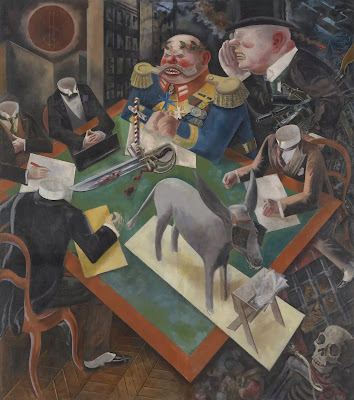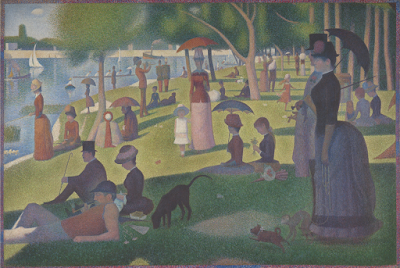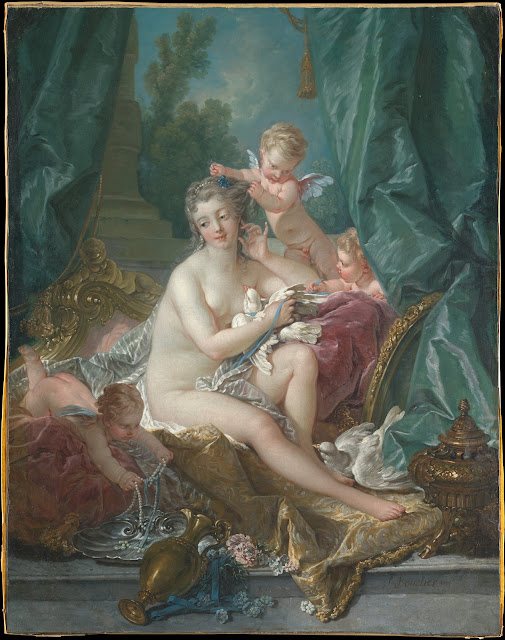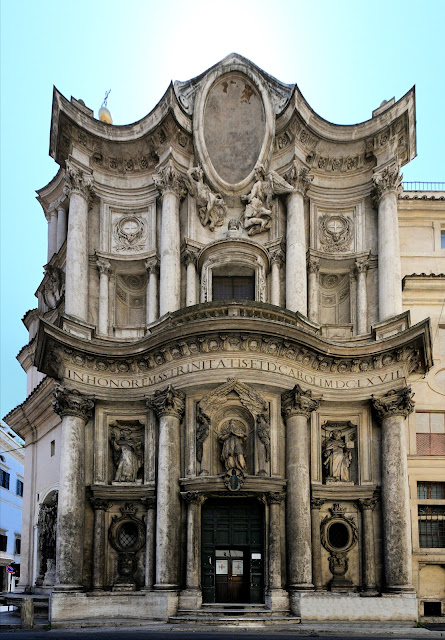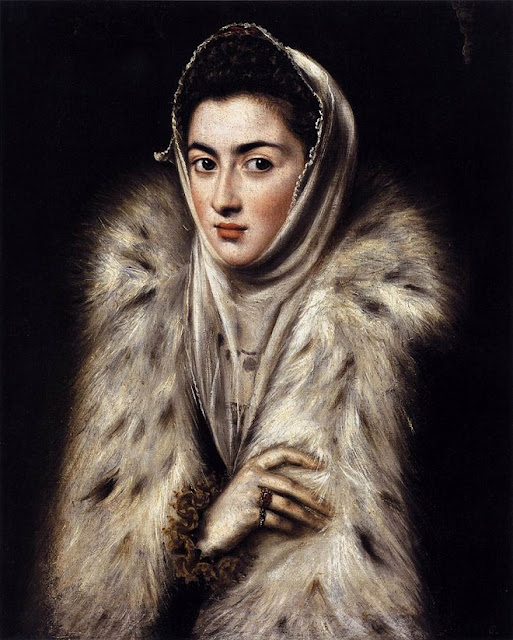The Artist Goes Digital: New Mediums for a New Age

Digital Art: For a long period, Western art was made using tried-and-true mediums such as oil on canvas, marble carved into refined imagery, and orchestras creating beautiful symphonies. Within the past 100 years, the spectrum of mediums available to the artist has grown exponentially, as well as how we, the audience, observe works of art. Making space for the myriad styles of art now produced has proved difficult for a culture so embedded in tradition, but the application of digital art is so varied today that it has found a place in that same culture. Digital art takes many forms--from Photoshop to videography, movies to video games, the possibilities continue to expand. It builds upon traditional mediums, with many styles such as paintings or concept art being used as a base for the final piece. Digital art allows artists of almost any walk of life or physical ability to express their ideas, beliefs, and emotions through these mediums, and most forms of it are inherently eco-friendl...
